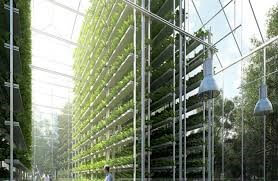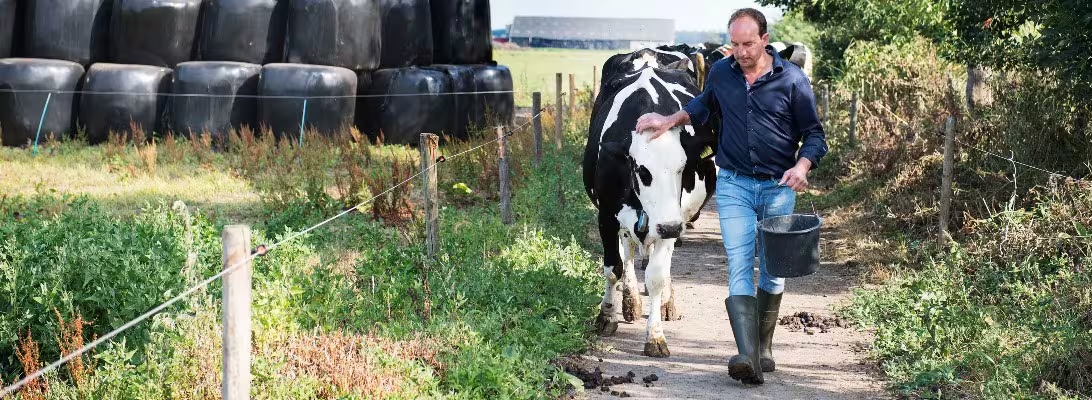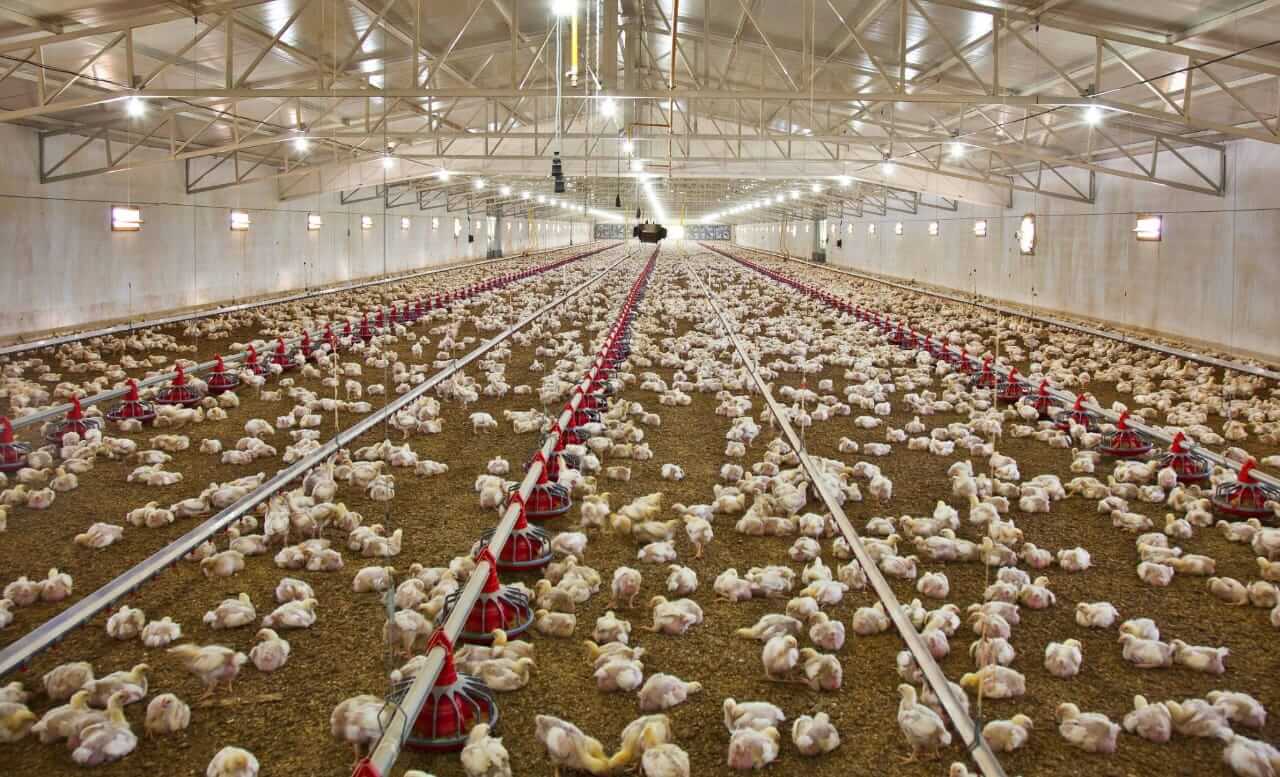Investment possibility for [ Southern ] Brazil

Future in Food Industry
by Idoia Olabarrieta and Angela Melado, source food 4.0. AZTI
AF
Amsterdam, 9 June 2021–The crisis generated by Covid has had the collateral consequence of anticipating the future: the transition to the digital society has accelerated and those companies that either does not know how to see it or do not adapt will be left out of the new rules of the game. We tell you about the current situation and the future of digitization in the food industries.

What are the most common lines of investment at the present time?
Companies are realizing the need to have digitized information, so their investments are directed in this direction. Currently, it is common to invest in digitization and information management platforms, such as ERPs and MES and, where necessary, in the improvement or renewal of existing automatic equipment, which has often become obsolete because it lacks digital information outlets so that it can communicate with other systems.
Have strategies based on artificial intelligence penetrated for the improvement, for example, of production or maintenance in food facilities? What are the data used for in the food industry? What are the usual use cases?
The penetration of strategies based on artificial intelligence is far from common, although the concept is gradually being assimilated by the industry as a necessity.
Artificial intelligence is based on the implementation of sensors and intelligent technologies capable of generating data that, through analysis, are able to produce useful information and anticipate unforeseen events.
Artificial intelligence can improve, on the one hand, the management of raw materials and the optimization of resources when it comes to production, and it helps to standardize product quality, thus enabling better efficiency and sustainability of the process.
Today we have observed that many companies are starting to generate large amounts of data that are not being used for profit or useful information for their business. The most normal thing is to use the data for inventory control or shipment management, but it is not yet usual to use it intelligently, for automatic adjustment of production according to the quality of raw materials, consumption prediction, demand prediction, etc. and this is the real value of the implementation of artificial intelligence. Only very large companies are starting to do this.

What other technologies are generating higher expectations on the road to improving the industry?
The use of smart sensors is the basis for digital transformation as they are going to be the tools to get the objective data that will allow the development of predictive models that will help improve the process and standardize product quality. Other technologies, such as augmented reality or digital twins, are helping to generate different production scenarios and anticipate unexpected situations. These technologies are still little used in the food industry, but they can be a great help in optimizing production and processes. Also, technologies related to predictive maintenance of machines is one of the avenues opened by digitalization and is very interesting for companies with large production volumes.
Digitalization is opening many expectations in the food industry, but it also generates great challenges. The food industry is still reluctant to implement it, for several reasons: lack of knowledge of these tools: sometimes there are industries that do not know which tools are the most appropriate and how to incorporate them, and, in turn, lack of specific technologies for the casuistry of an industry of these characteristics.

How does the food sector influence the automation of adjacent productive sectors such as agri-food?
More than automation, we should talk about digitization. Nowadays, digitalization (and connectivity) must be conceived from a holistic point of view, including all the links in the value chain, which would no longer be linear, since, thanks to the use of information, all the links can be interconnected. Therefore, the digitization of one link, such as the food link, influences all the other links in the chain, so that it becomes more transparent and traceable.

Finally, and taking the current situation generated by the Covid-19 pandemic, how is the industry facing this situation?
The pandemic is affecting the sector. The fact that most of the HORECA sector disappeared during the pandemic has meant that many companies have greatly reduced production and their business has been disrupted. We believe that the pandemic could still generate other opportunities if the food industry is prepared. In this regard, digital tools, connectivity and artificial intelligence can help. For example, the fact of having feedback of consumer demands, etc., could be effective to readjust productions or to reinvent companies, to promote online commerce, in order not to lose production capacity or jobs.
What other challenges, more in the medium and long term, are on the horizon for the food industry?
The main challenge for the food industry in the medium and long term is to achieve the digitization of its entire chain, making it more transparent (in terms of quality, safety and integrity) and increasing consumer confidence.
Likewise, this digitization of the chain will allow the generation of new business models and even increase its resilience to unforeseen events, such as the one we are experiencing now with COVID-19 or the one we experienced a few months ago with the Gloria storm.
Authors: Idoia Olabarrieta and Angela Melado, experts in food 4.0. AZTI







